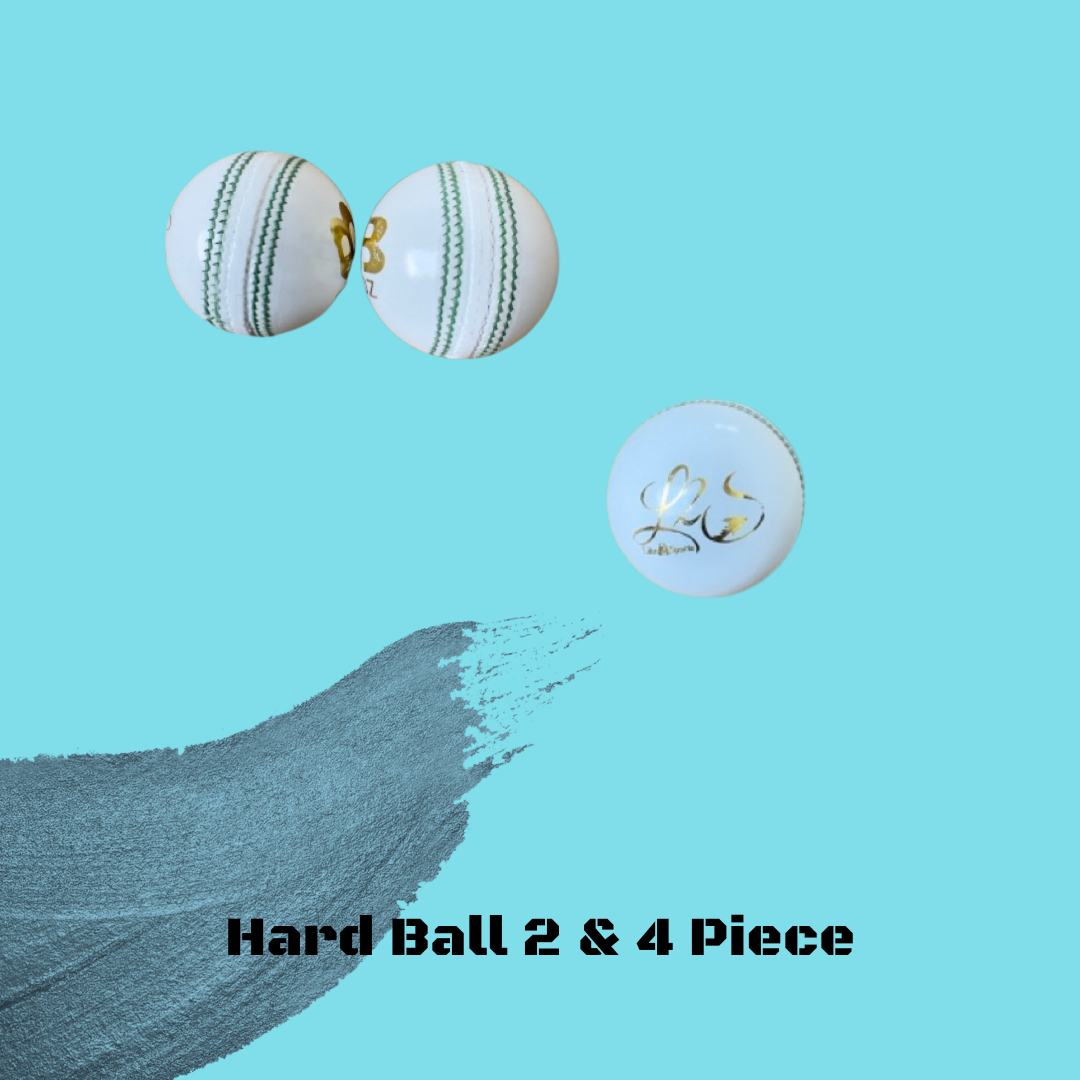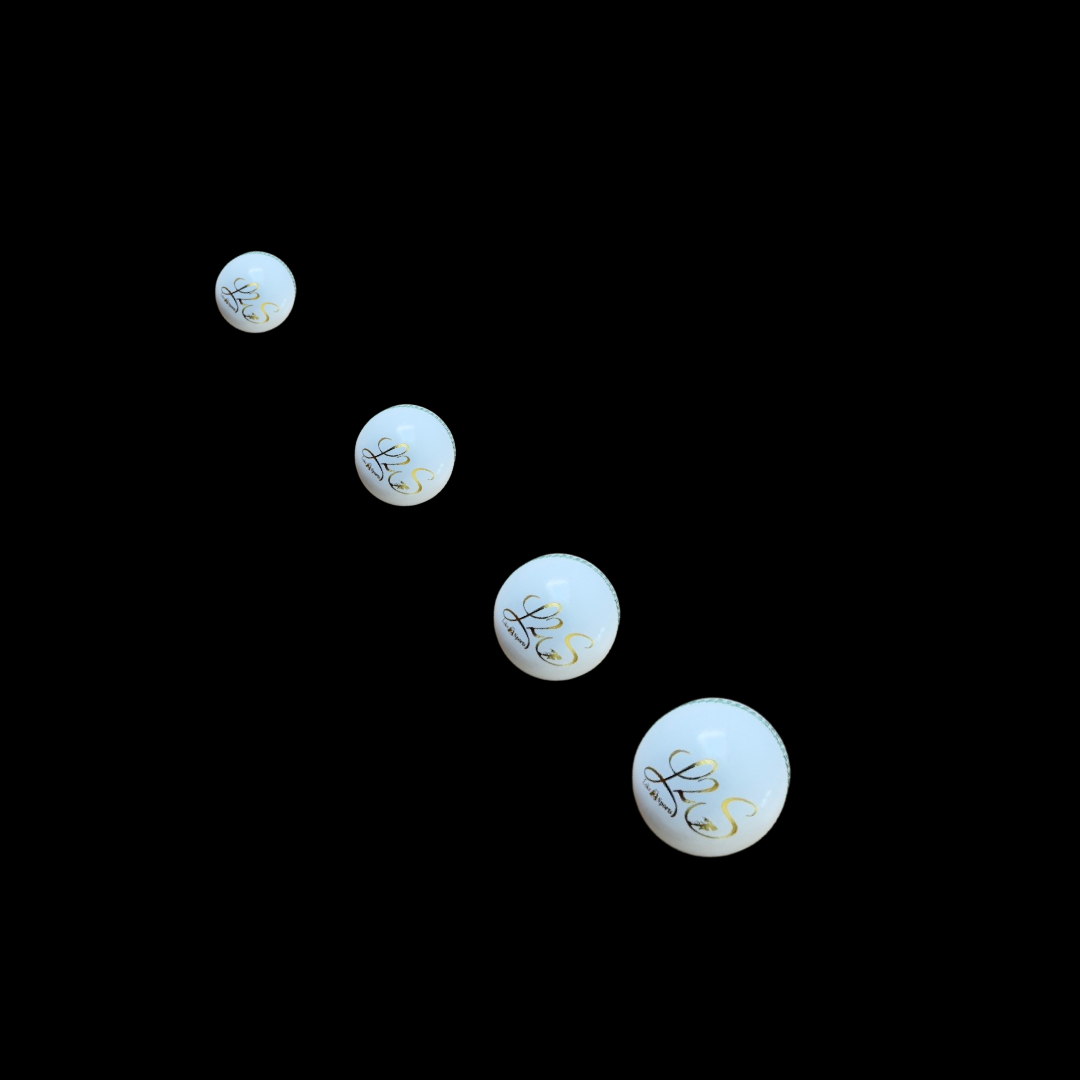MB Malik
White Leather Cricket Ball -156 g (2 Piece) (6 Pack)
White Leather Cricket Ball -156 g (2 Piece) (6 Pack)
Couldn't load pickup availability
Understanding the Cricket Ball: Design and Purpose
A cricket ball is an impressive piece of sports craftsmanship, built to handle the intense demands of the game. At its heart lies a cork core, tightly wrapped with string to form a solid and balanced sphere. This inner structure is then covered with high-grade leather, carefully shaped into four sections that are stitched around the centerline of the ball. The stitching creates a pronounced seam, which is essential for grip, swing, and overall aerodynamics during play.
Strict standards regulate the size and weight of cricket balls, especially in professional formats. Typically, a ball weighs between 155.9 and 163 grams, with a circumference ranging from 22.4 to 22.9 centimeters. These guidelines help maintain fairness and consistency in the sport, allowing players to master skills that can be applied universally. The durability and performance of the ball are also influenced by the leather’s quality and the precision of its stitching.
White, Red, and Pink Cricket Balls – What's the Difference?
Over the years, cricket has undergone significant evolution in terms of rules and playing styles. These changes often lead to debates—some argue the sport has become more competitive and rule-driven, while others feel it has lost some of its original charm. Regardless, such developments are part of the game's natural progression, adding new layers of excitement and competition.
Alongside these changes, a variety of opinions and myths have emerged, especially concerning the impact of ball types on gameplay. A widely held belief is that the color or type of cricket ball used in a match can significantly influence player performance and game dynamics.
While some insist that the ball type plays a critical role, others argue its effect is overstated. To clear up these misconceptions, it’s helpful to explore how different cricket balls—red, white, and pink—are made, what sets them apart, and how they interact with different playing conditions.



